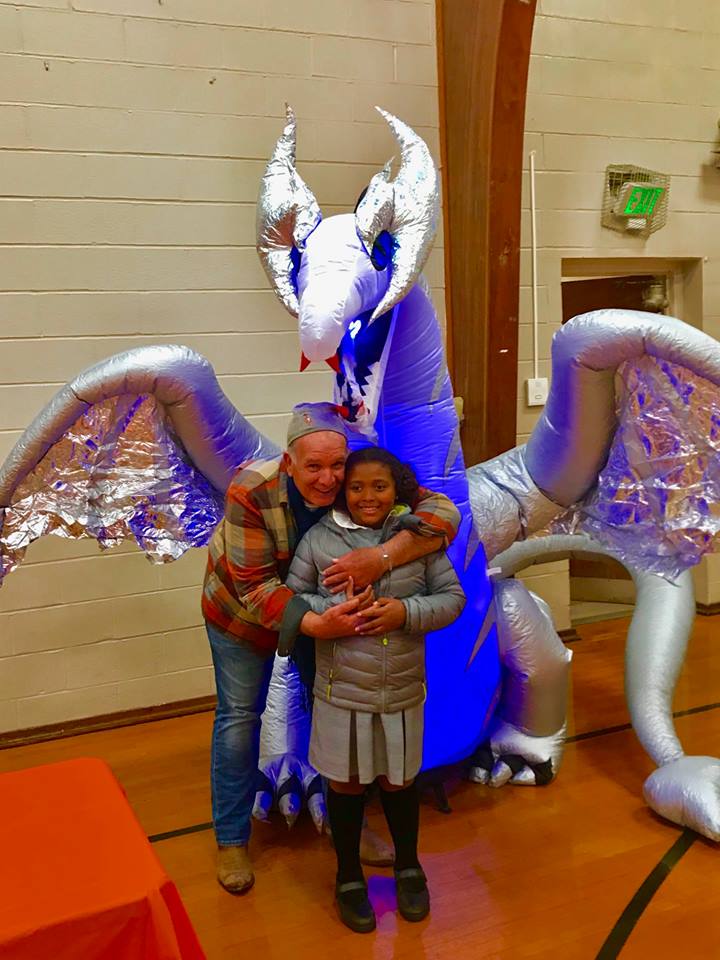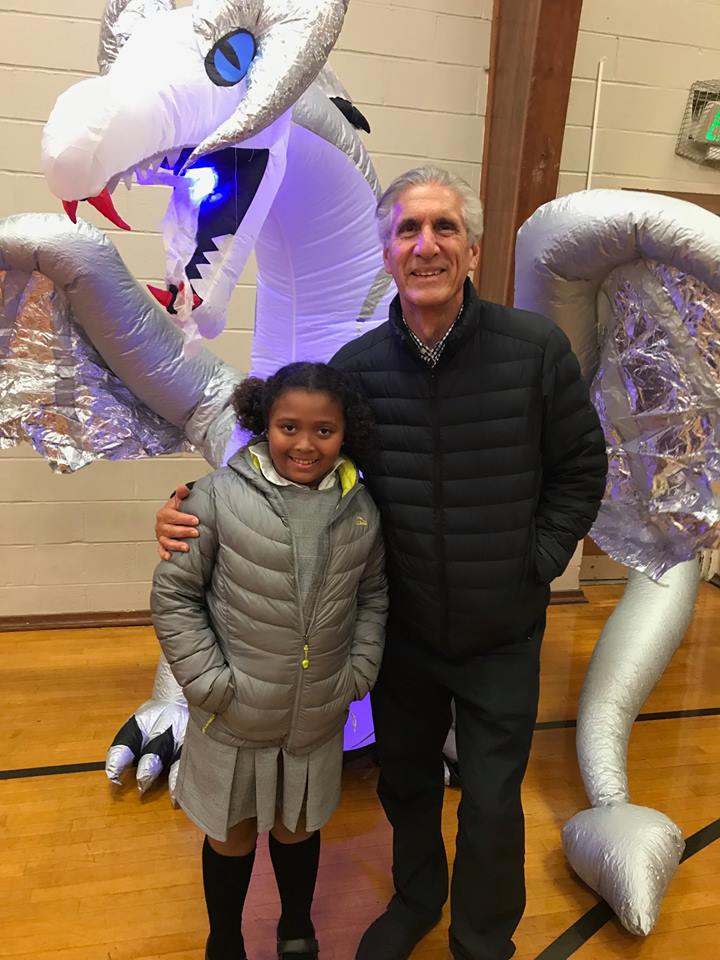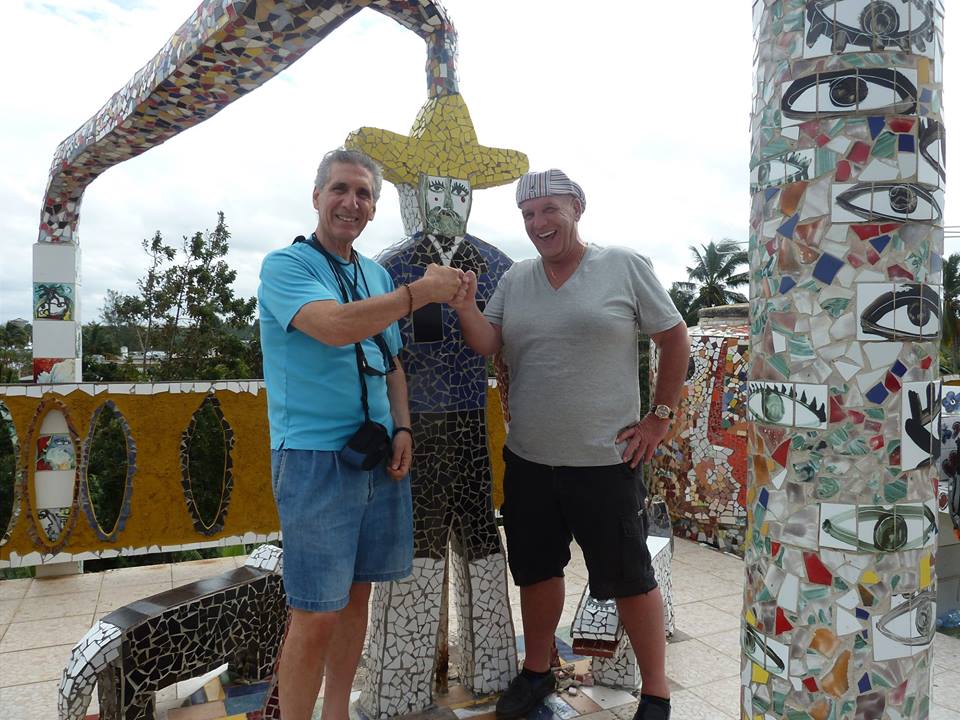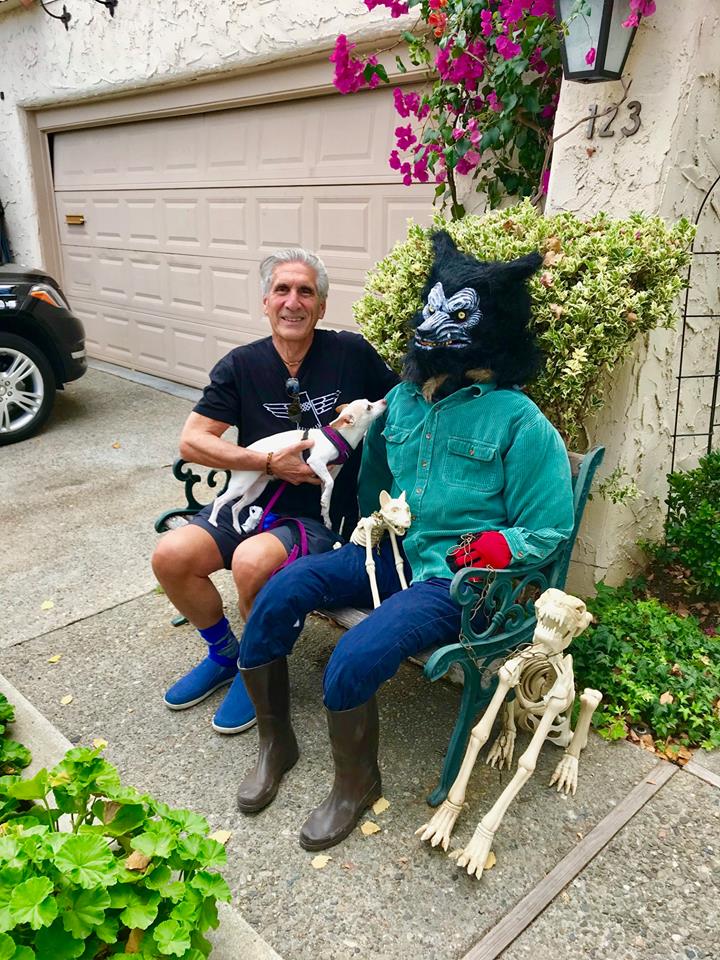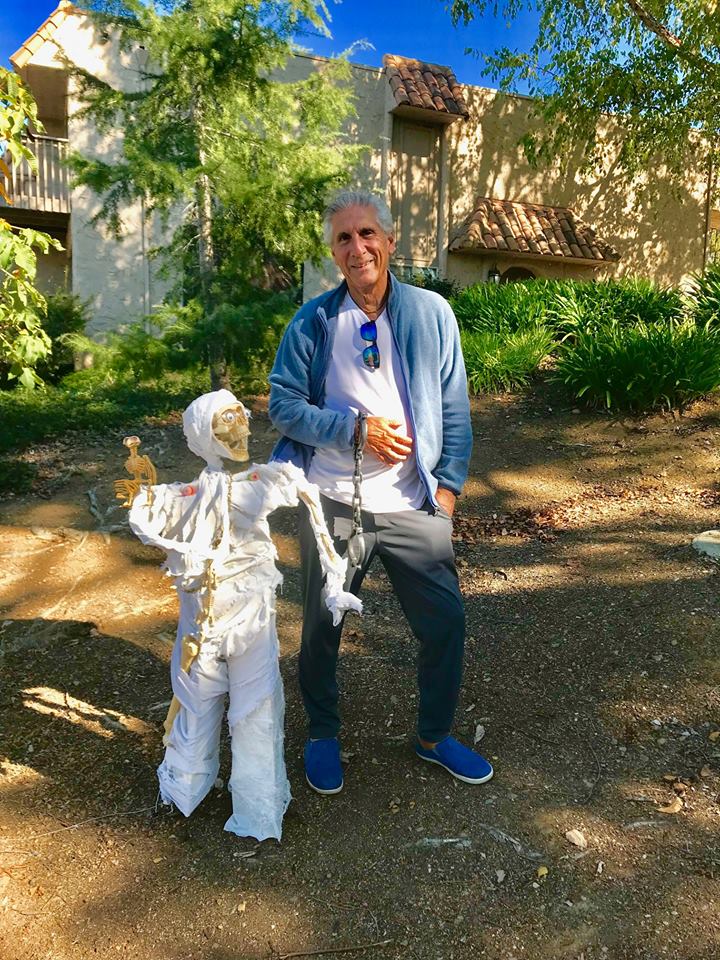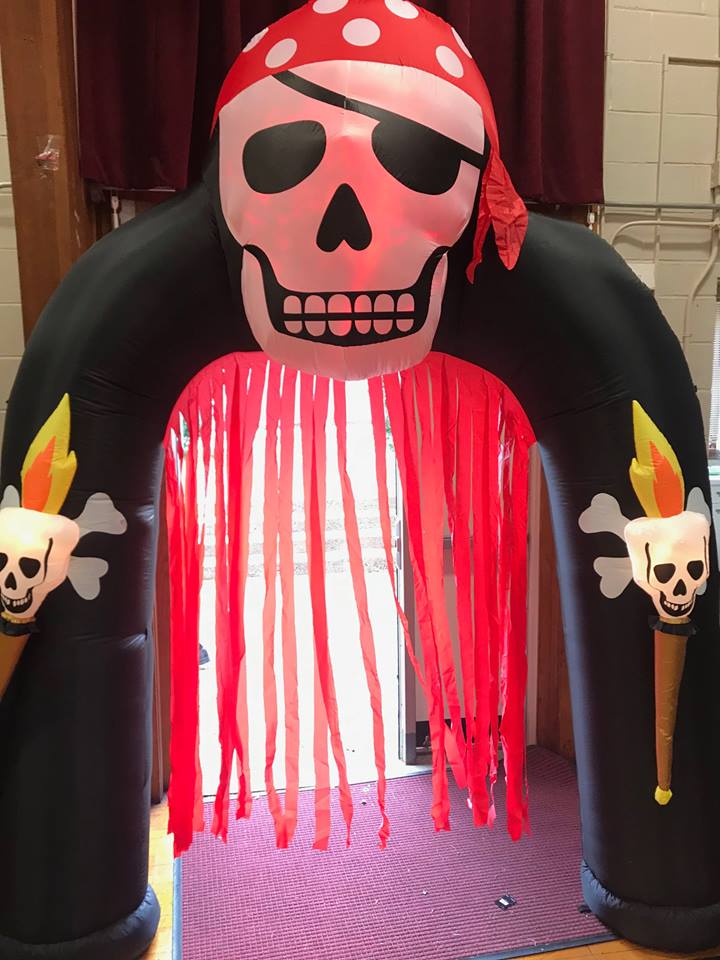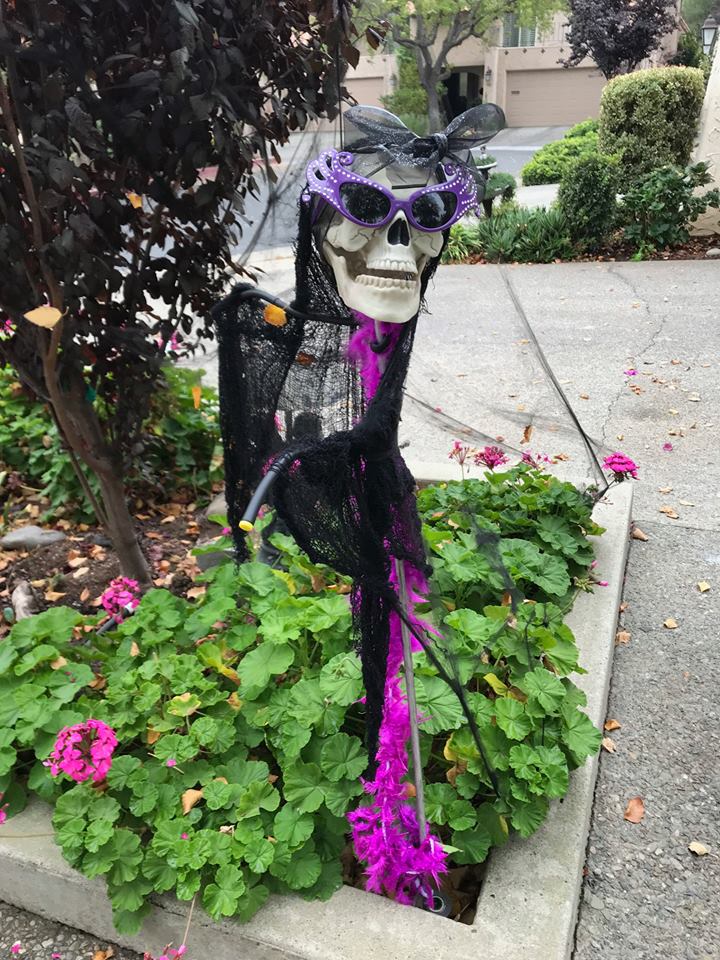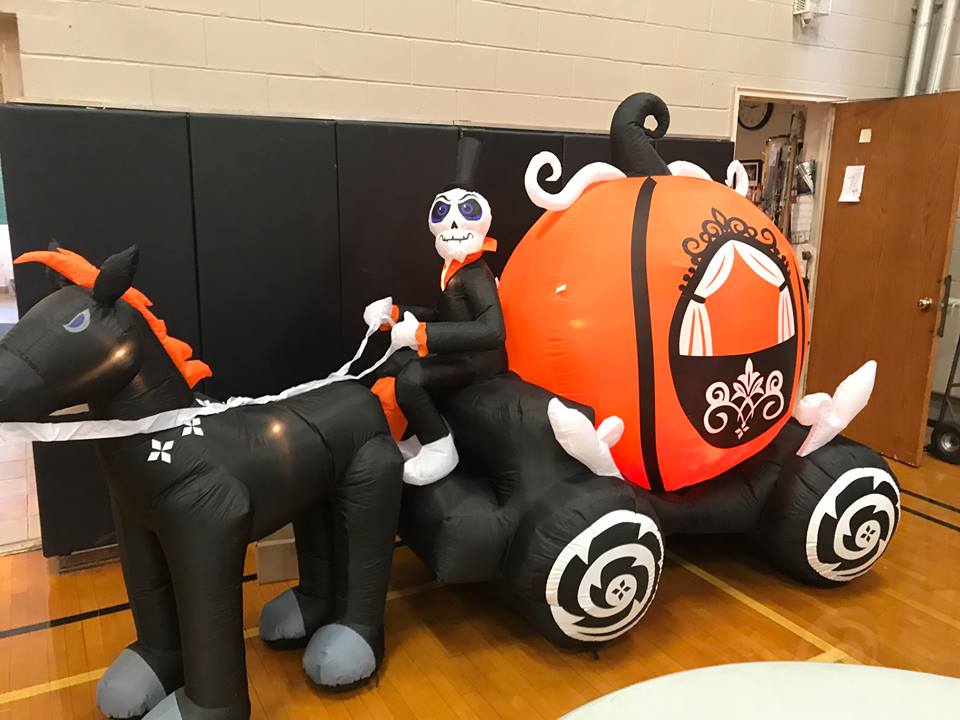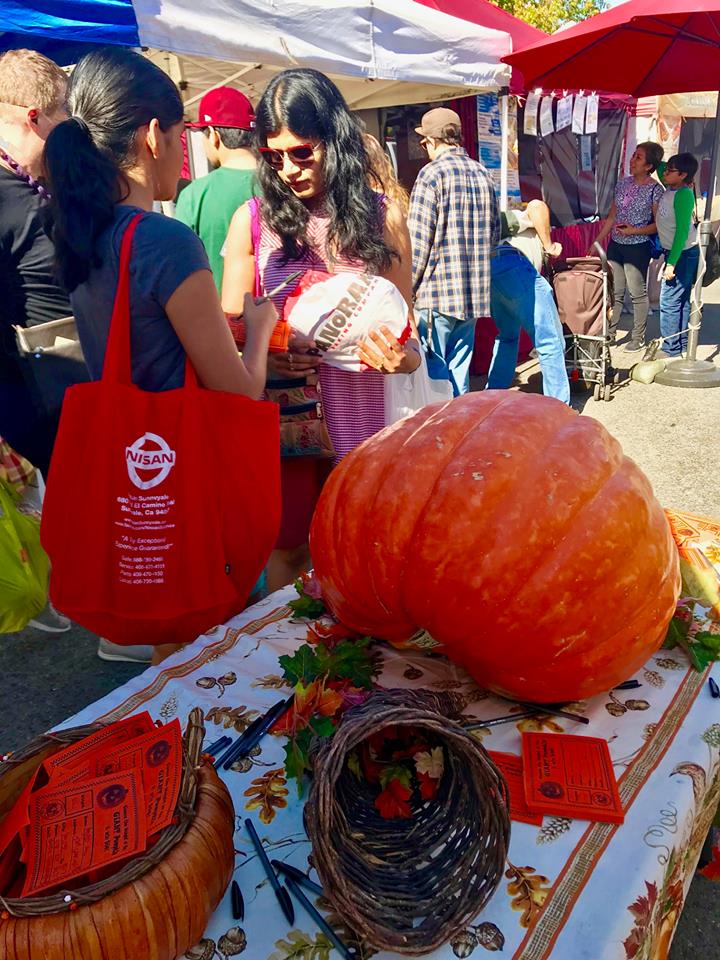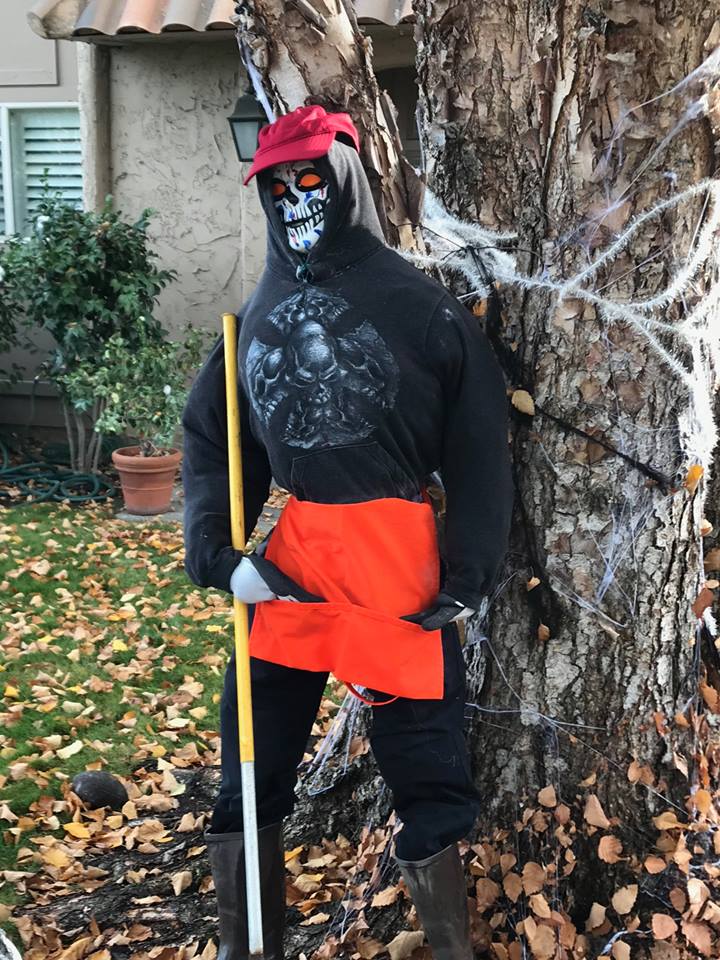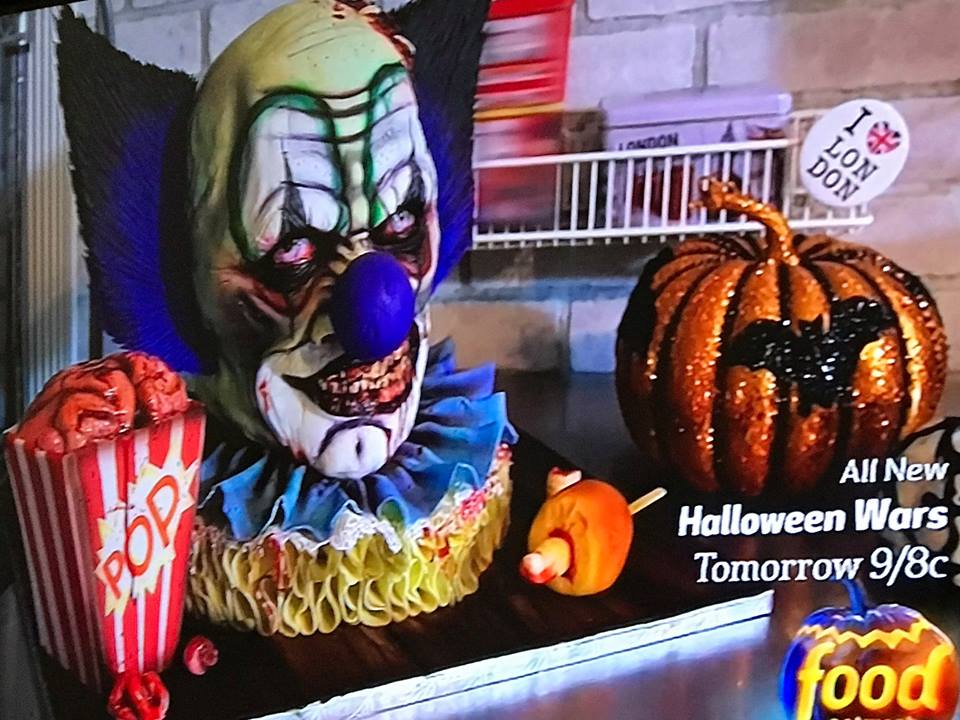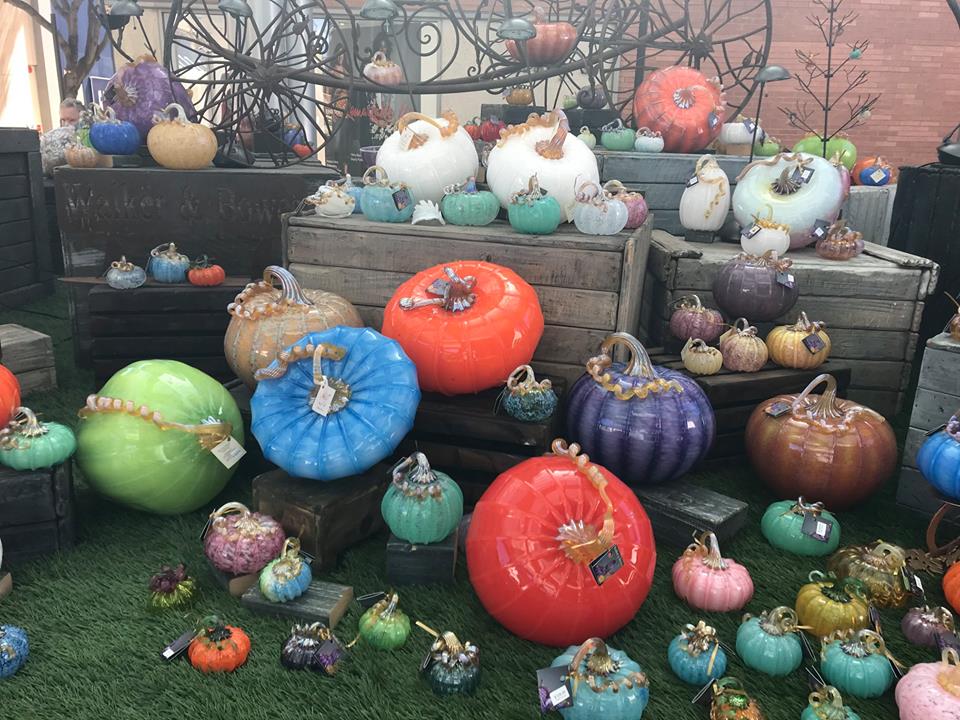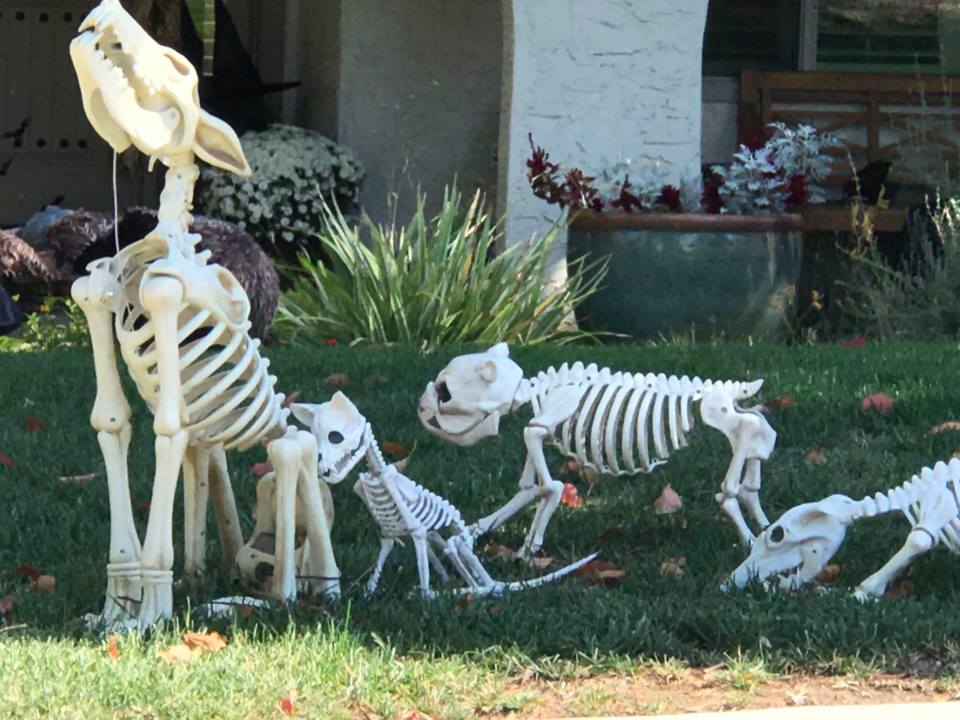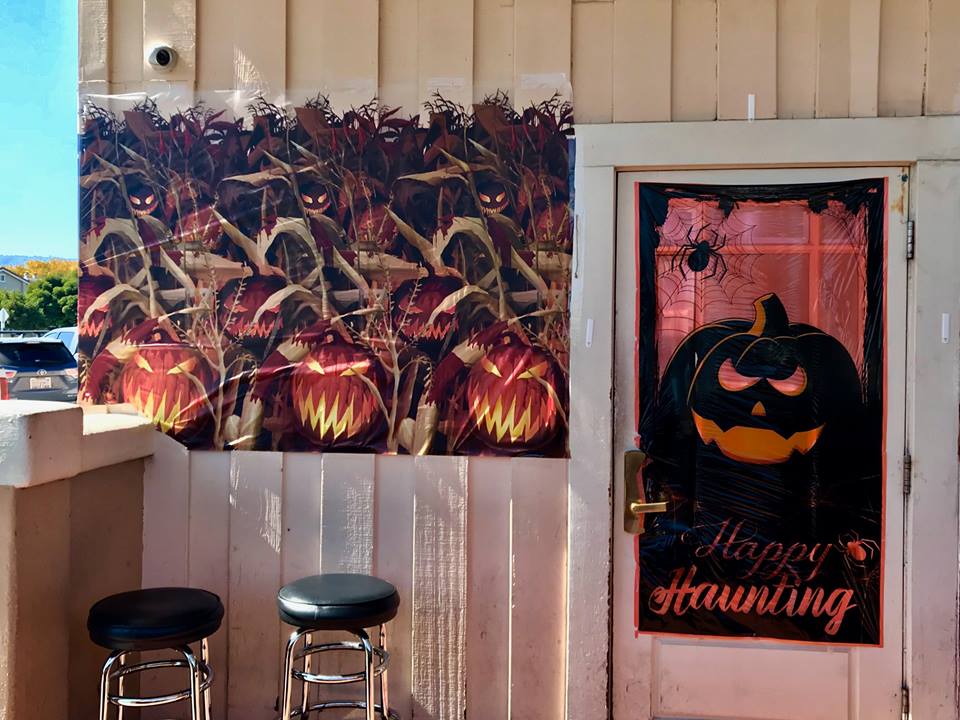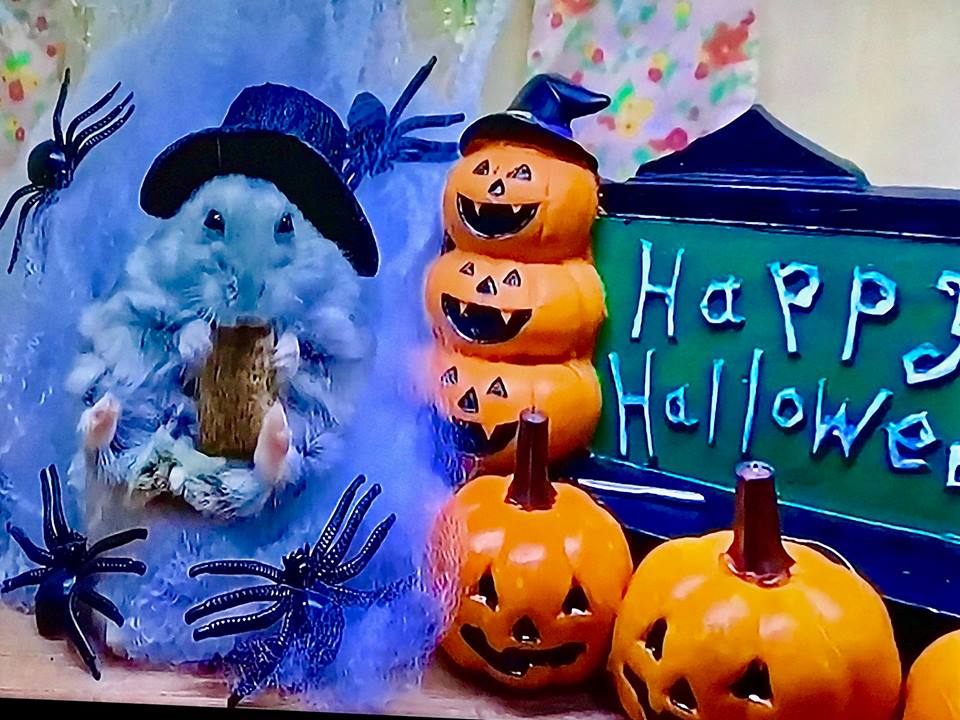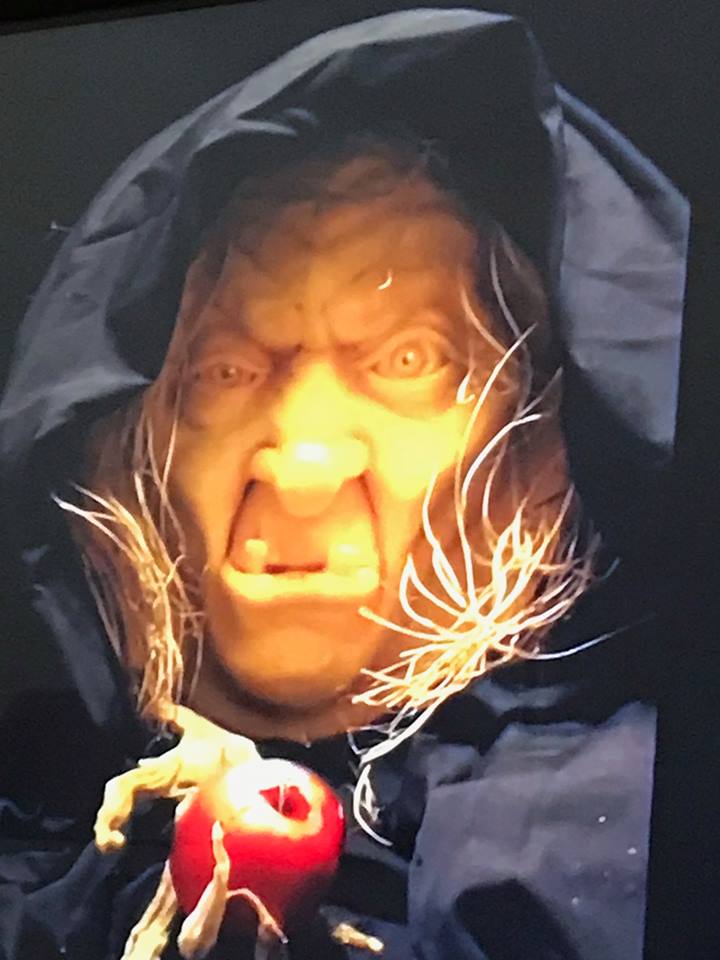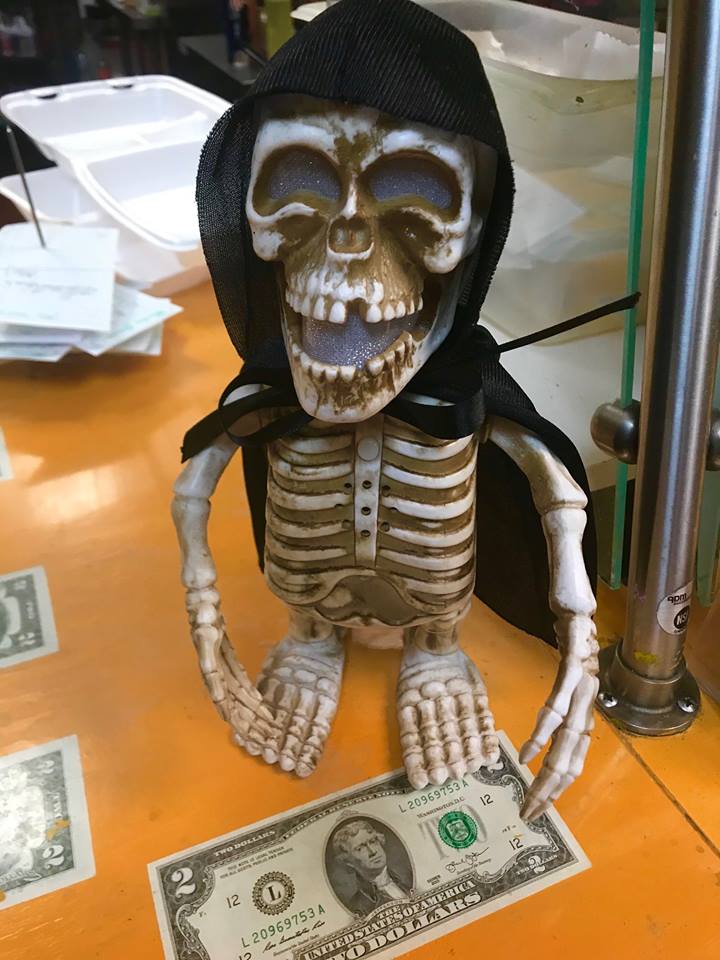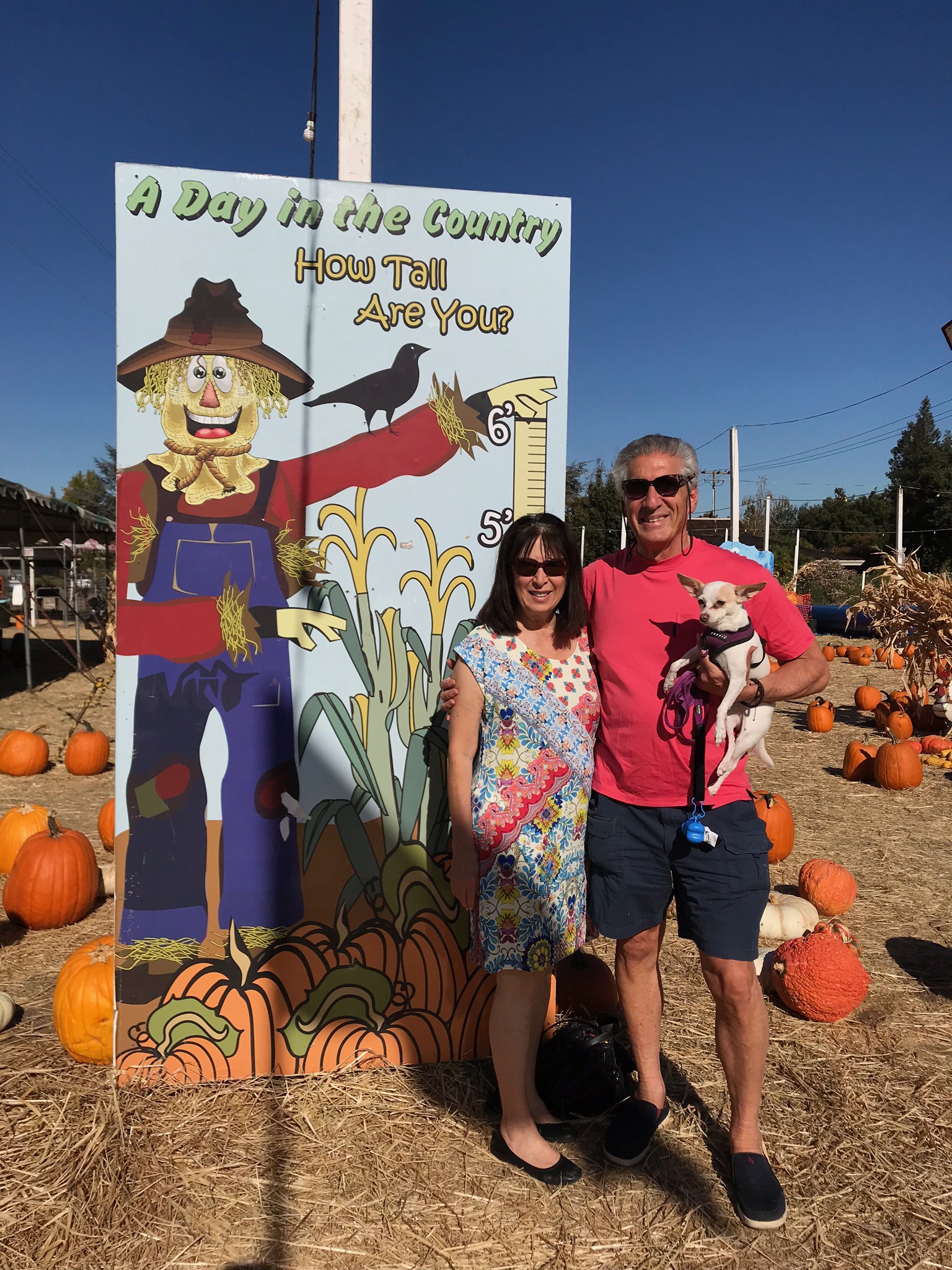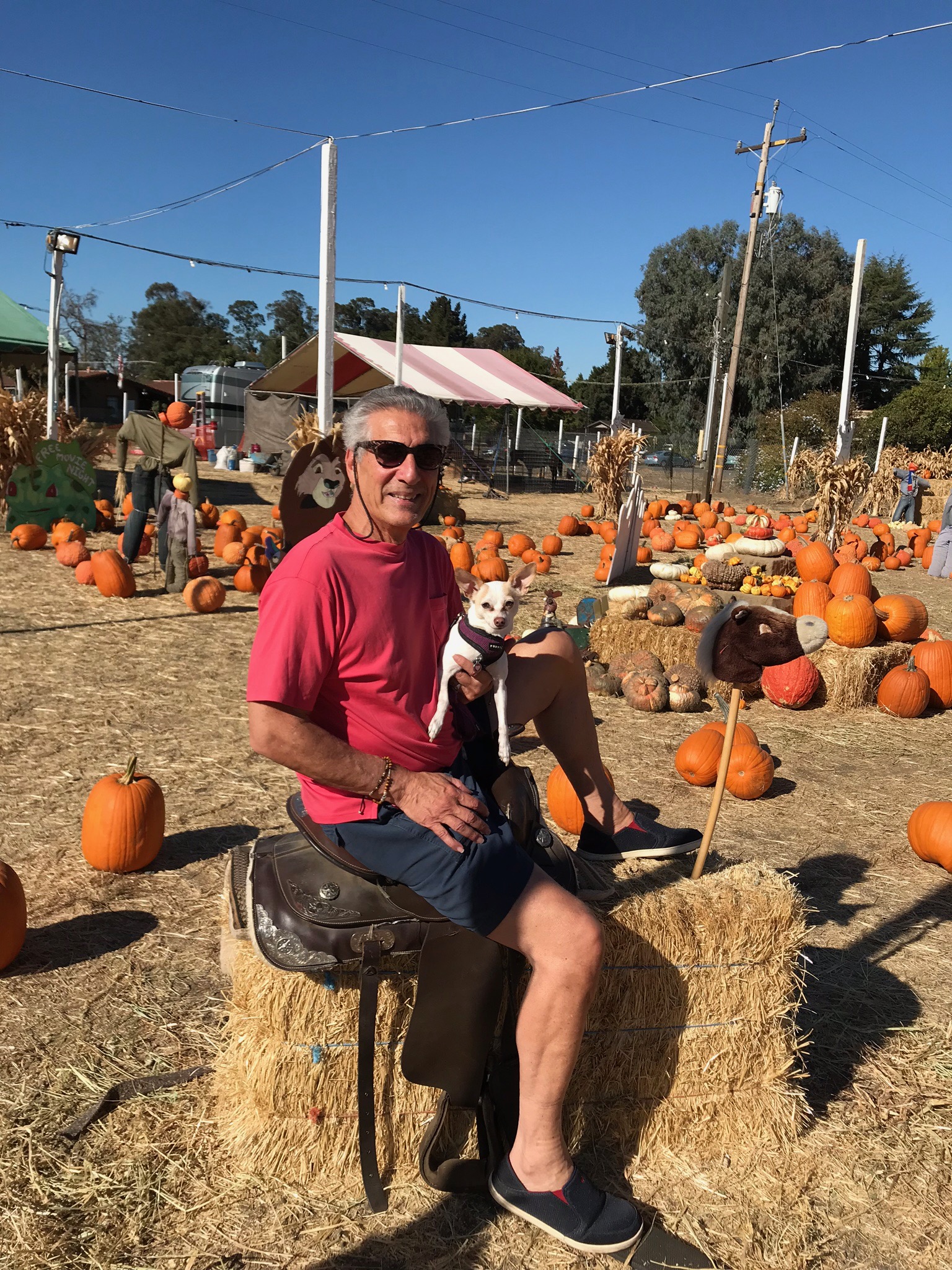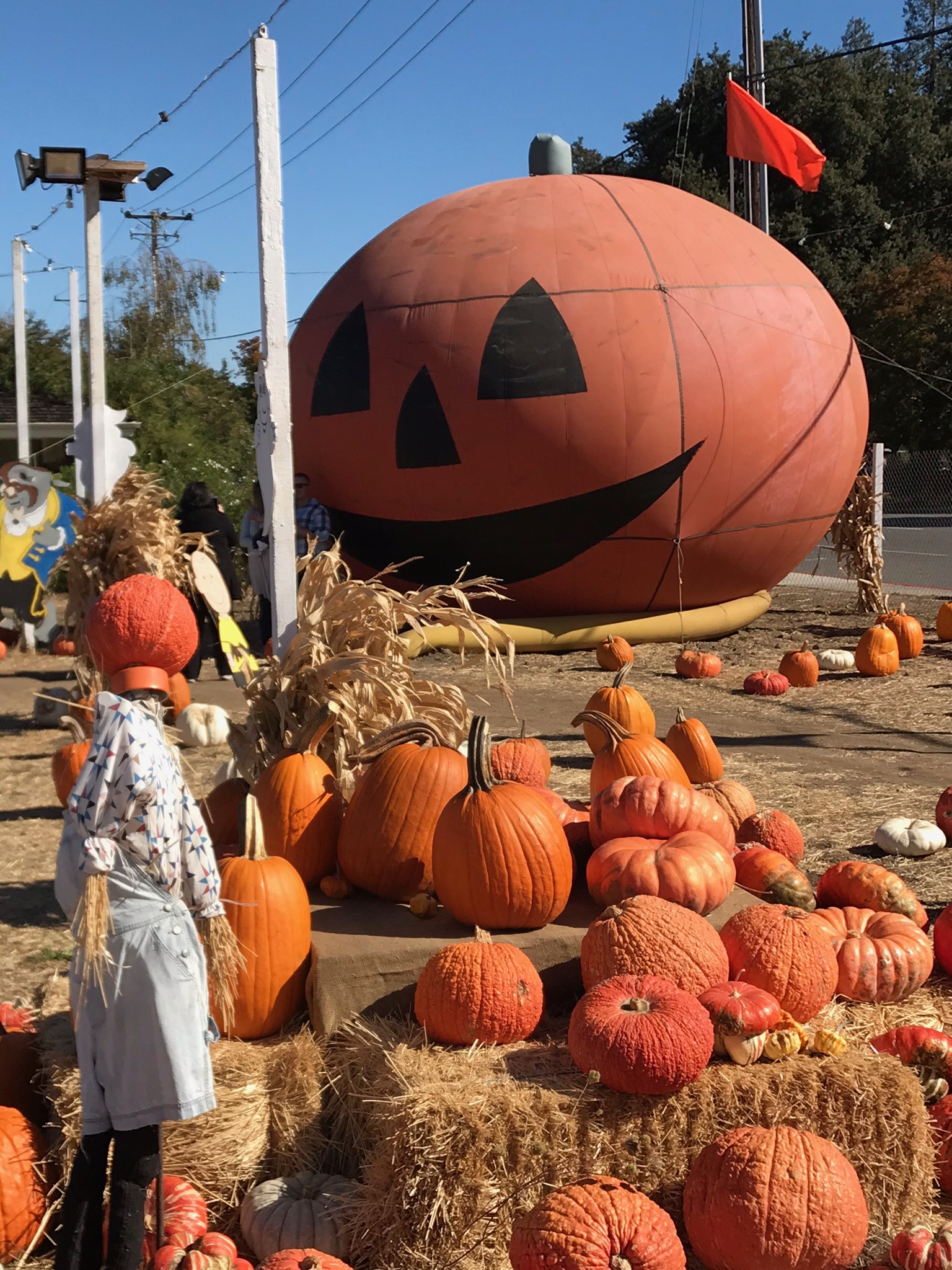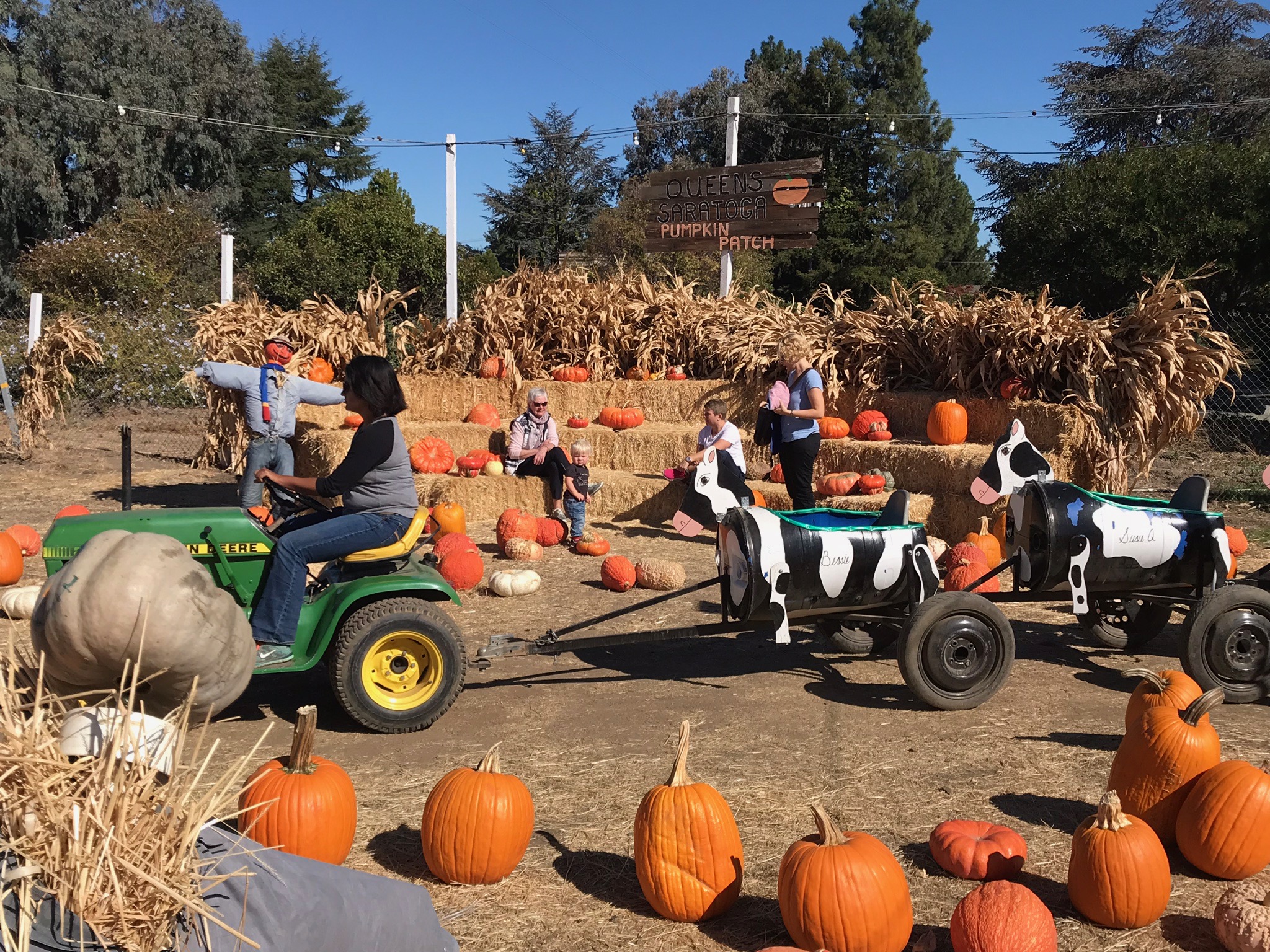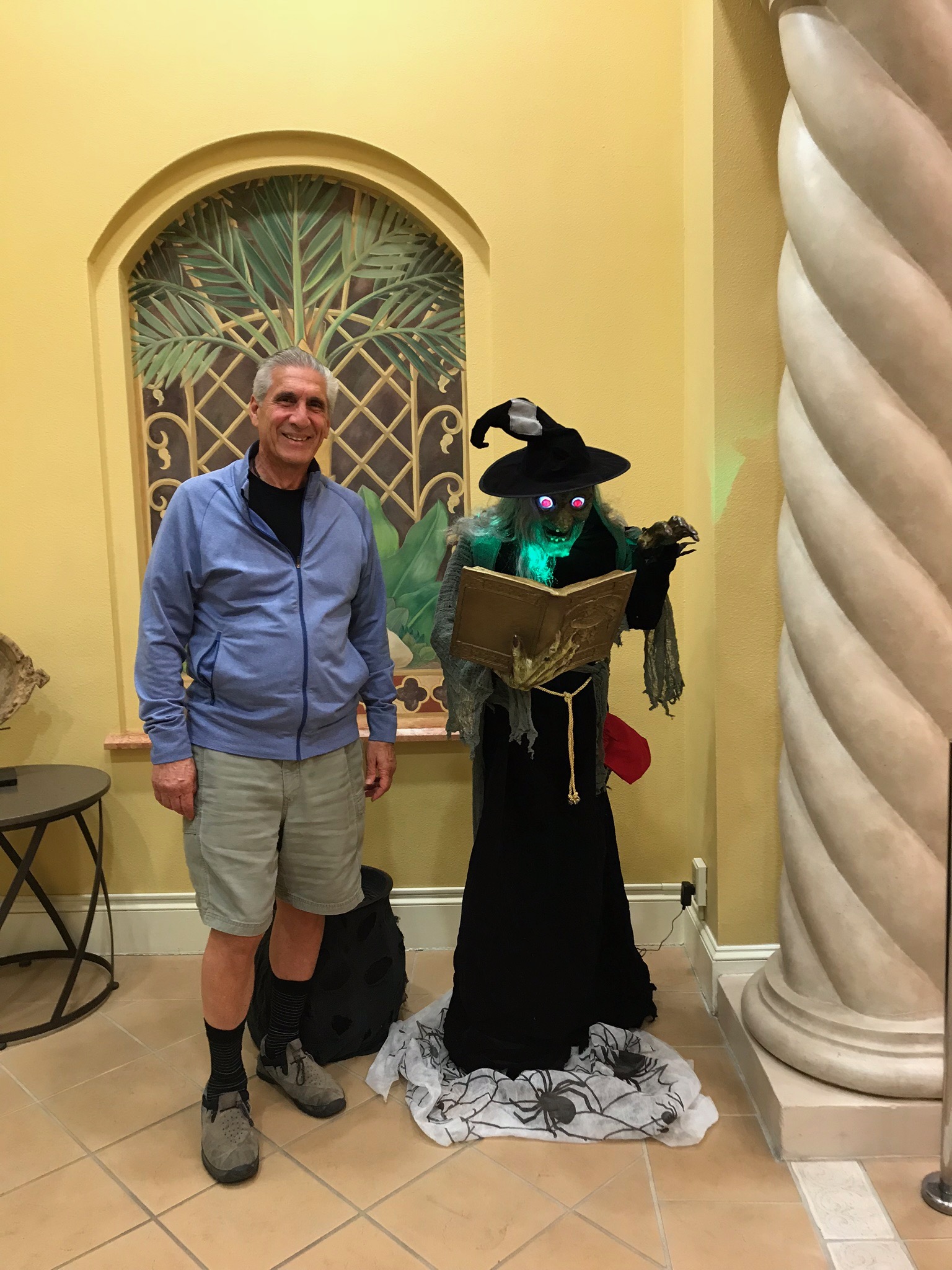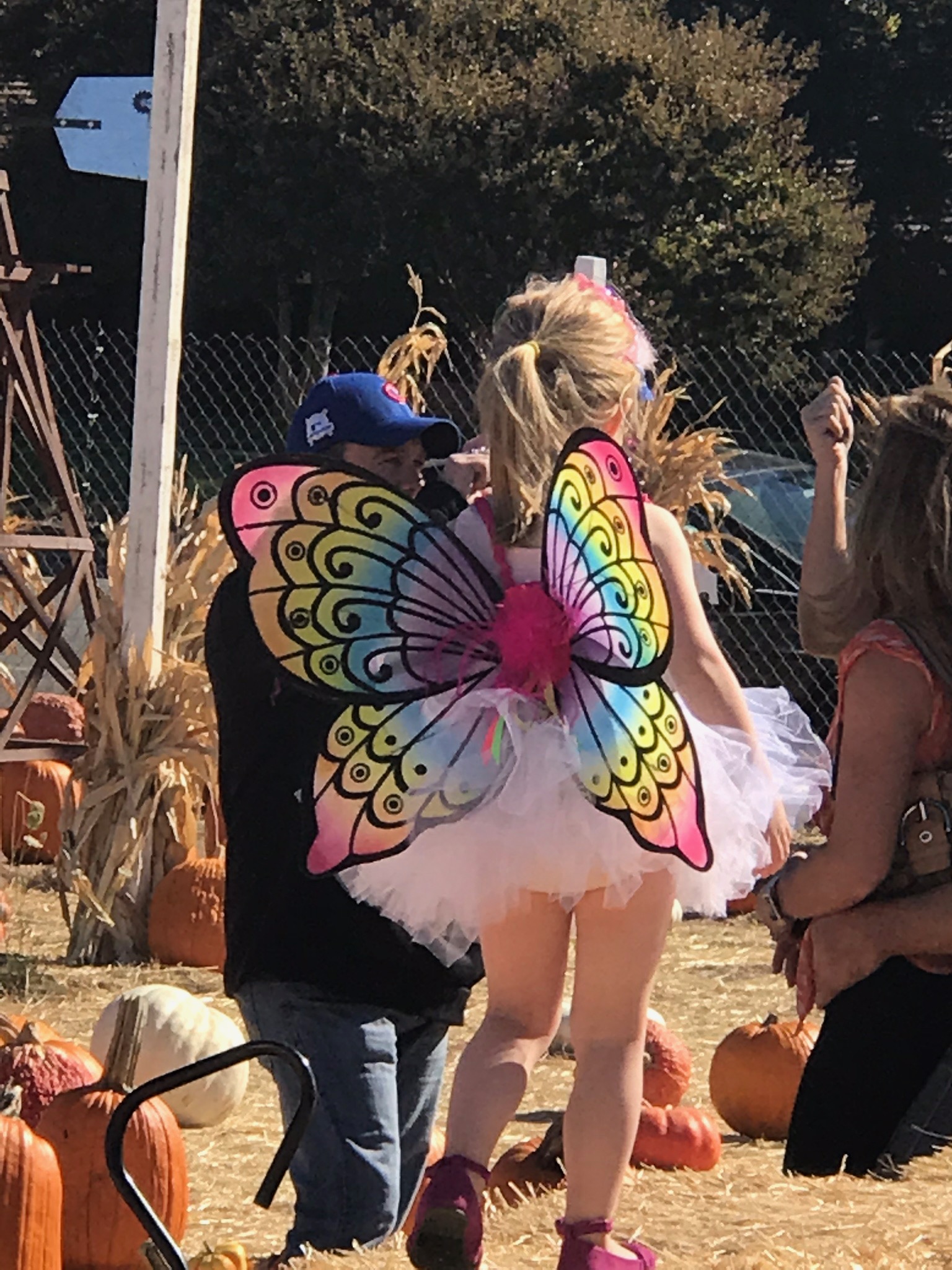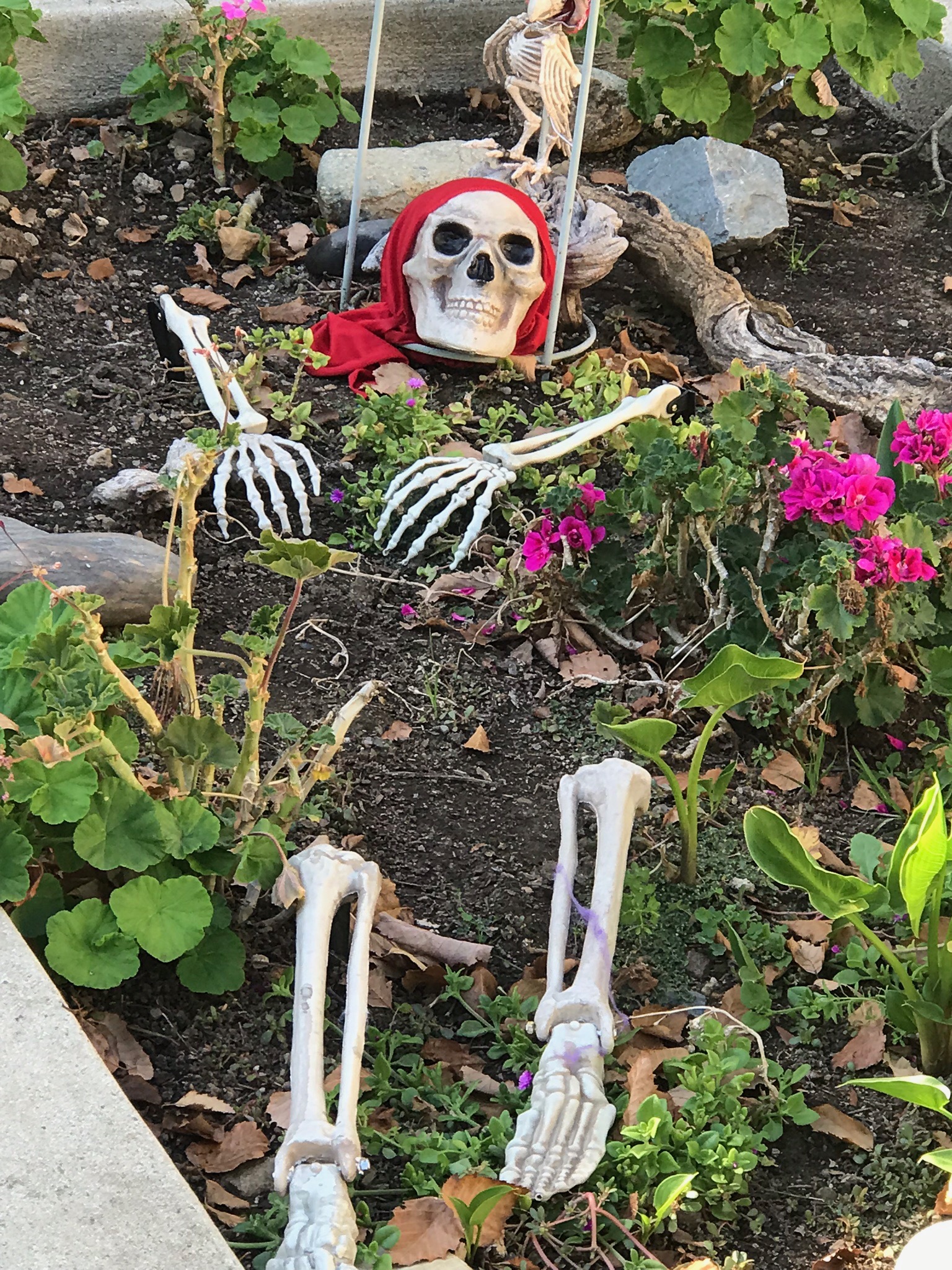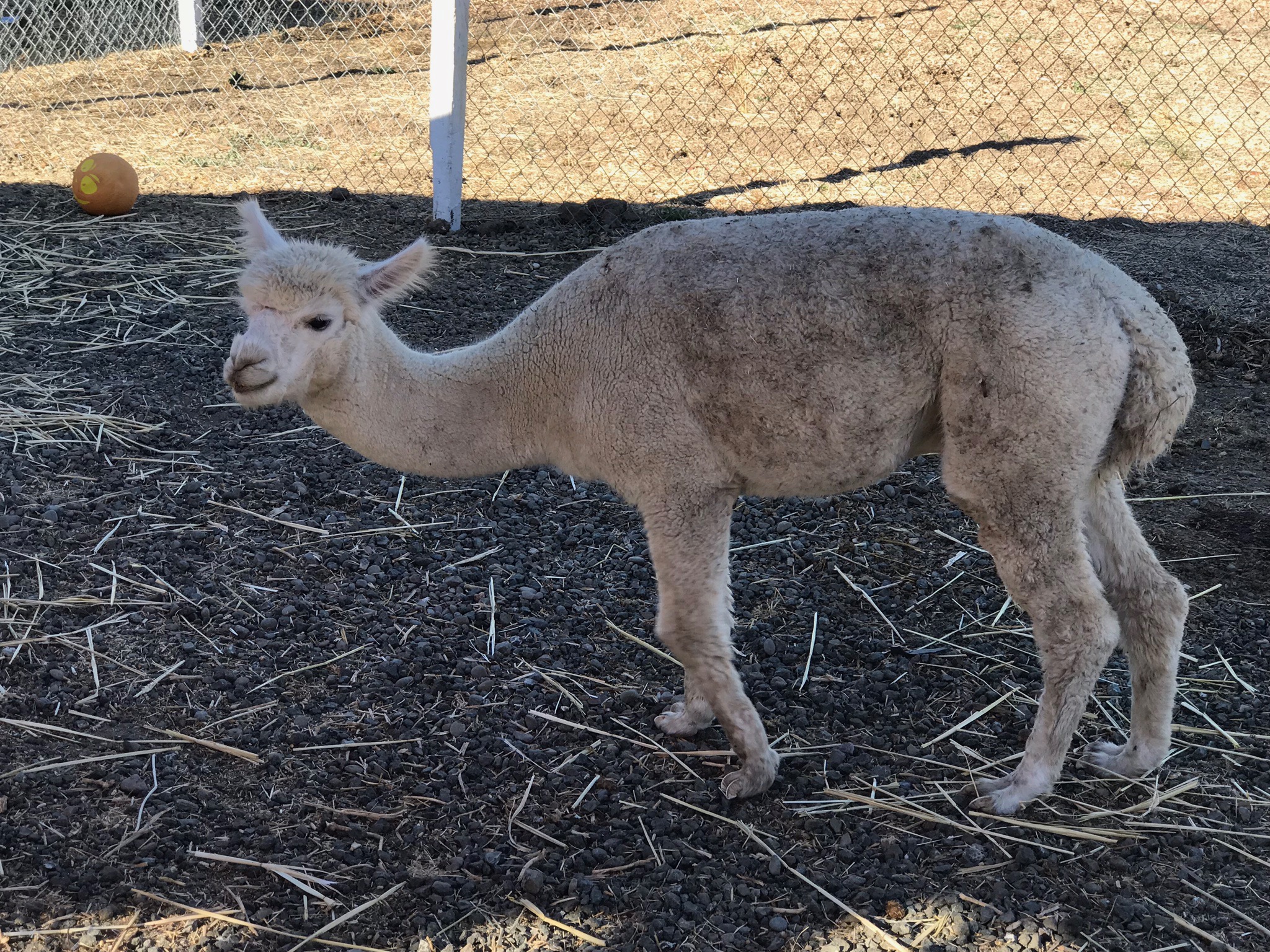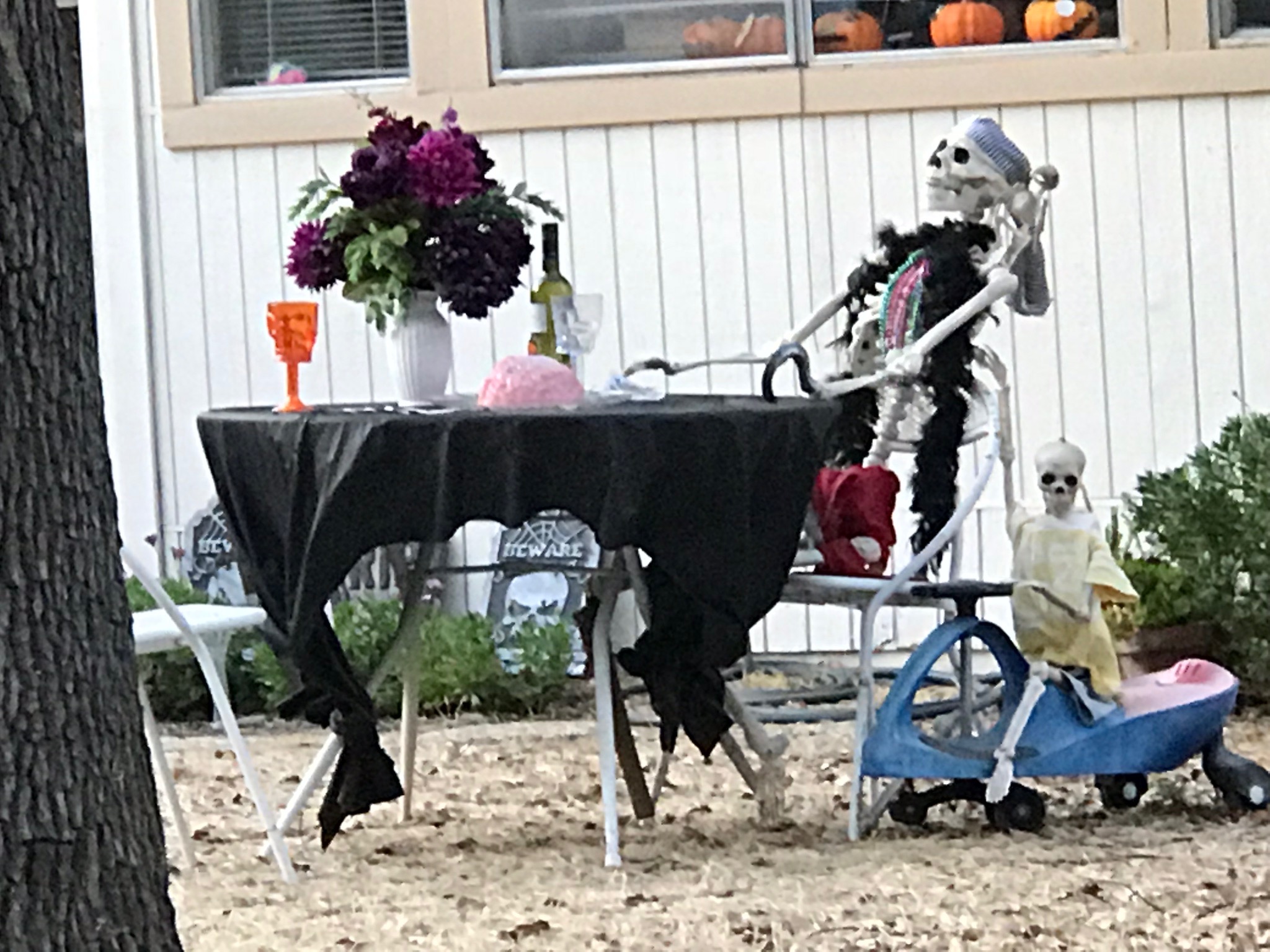"Trick or Treat Yourself!"
The annual fall ritual of Halloween is upon us. This year I had the unique opportunity to enjoy the prequel to the holiday on both the East Coast and the West Coast.
During my recent visit to New Jersey, I accompanied my brother in law Joseph McAllister to pick up his granddaughter, Zaila—who happens to be my grand niece—at her school. She calls him “Pop Pop,” and she is the light of his life. While waiting for her school day to end, we walked into the basketball court that doubles as an auditorium and witnessed bigger than life inflatable creatures including a fire breathing Dragon.
Joe introduced me to a few teachers, some of whom were saying thank you Joe. It was then that I realized he had donated several of these inflatables for the Halloween costume party Zaila would attend later in the day with my niece and Godchild Selina. Afterwards, we joyfully watched Zaila join her classmates in participating in after school playtime. We then took photos with her in front of the Dragon which symbolizes protection, power, success, wisdom, loyalty, fearlessness and immense possibilities.
People who know me, understand that I like to look under the hood to learn about the history of secular and religious holidays. I guess I inherited my curiosity from my late dad, Frank Augustine who enjoyed looking into the back history of what’s behind the holidays we generally take for granted, so here are some interesting factoids.
Back History: Several thousand years ago, long before Halloween became the holiday as we know it to be today, it marked the end of the summer festival that was known as Samhain. Ancient Celtic people honored the gods and goddesses of the autumn harvest season by holding a celebration. It was a time to pay homage to the gods of the harvest who people believed to be responsible for their bounty. These celebrations often included feasting, dancing and lighting large bonfires in which animal sacrifices were done to honor the gods. For many it was a time in which supernatural practices became a part of the annual festivities. Some believed that the end of the harvest created a window of opportunity for the souls of the dead to return to life and mingle with the living. Some of the local villages took safeguards to ensure their safety against potentially vengeful spirits. They created special lanterns with scary faces carved into the flesh of turnips that were used to light the way for the villages during Samhain festivities to ward off any evil spirits that may be out and about.
When Christianity first came onto to the scene in the European countries the missionaries realized that the Celtic-pagan folk were set in their ways and didn’t want to give up partying. In a brilliant PR coup, Pope Gregory lll came up with a method of getting the Celts to convert while still allowing them to hold on to their ancient traditions. This led to “All Saints Day or ‘Hallows' Day” which was sanctioned by the Catholic Church, whereby a day (November 1) was set aside to pray for all the Saints and martyrs and the souls of the newly deceased that would ensure their passage to heaven.
My brother-in-law, Joseph McAllister, was born on November 1st, and he will be the first to admit, that like me he ain’t no saint, but he is a generous soul. In one of our adventures abroad we shared the cost of purchasing Yankee baseball caps, harmonicas and soccer balls that he procured and we gave them out to the kids at a local school and on the streets of Havana Cuba in 2010 where Halloween is also joyfully celebrated.
Postscript: Most of these photos were taken in the neighborhood where we live by a very creative woman named Deborah who could qualify as a set designer for horror movies, a glass blown pumpkin exhibit at Stanford Mall in Palo Alto, Effie's restaurant, the farmer's market and other neighboring venues.
